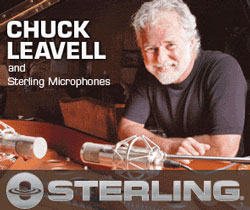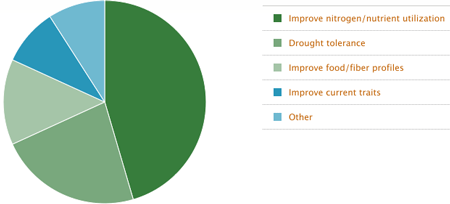 Protecting and growing agriculture amidst the activist conflict was the topic of the first panel discussion at the Animal Agriculture Alliance Stakeholders Summit. Nebraska Senator Tom Carlson was a panelist and he made it very clear that animal rights activists are not welcome in his state. He says that when these groups come into a state, they don’t know the state and they try to paint all of agriculture with a broad brush. The fact is that farmers love their animals and take very good care of them. He uses an anecdote of how during a winter blizzard farmers were out in the severe weather taking care of their livestock and HSUS was no where to be seen. He also pointed to research that found that ninety percent of people in Nebraska believe the livestock industry is important and ninety four percent trust farmers to take humane care of their animals!
Protecting and growing agriculture amidst the activist conflict was the topic of the first panel discussion at the Animal Agriculture Alliance Stakeholders Summit. Nebraska Senator Tom Carlson was a panelist and he made it very clear that animal rights activists are not welcome in his state. He says that when these groups come into a state, they don’t know the state and they try to paint all of agriculture with a broad brush. The fact is that farmers love their animals and take very good care of them. He uses an anecdote of how during a winter blizzard farmers were out in the severe weather taking care of their livestock and HSUS was no where to be seen. He also pointed to research that found that ninety percent of people in Nebraska believe the livestock industry is important and ninety four percent trust farmers to take humane care of their animals!
The Senator believes the mission of the Church is number one and the mission to raise food to feed people follows and is a noble mission. He says activists just want to stop killing animals for food. They really aren’t in favor of the humane treatment of animals for food. He says this conference helps bring out how important it is for different agricultural interests to come together in the face of a common threat.
You can listen to my interview with Sen. Carlson here: Sen. Tom Carlson Interview
Animal Ag Alliance Stakeholders Summit Photo Album

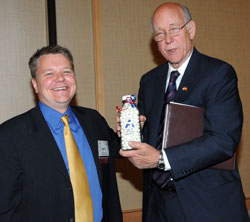 Kansas Senator Pat Roberts, ranking member,
Kansas Senator Pat Roberts, ranking member, 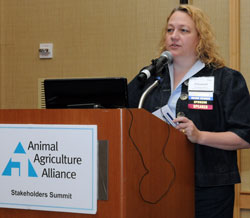 The past Chair of the Animal Agriculture Alliance is Dr. Elizabeth Parker, Chief Veterinarian,
The past Chair of the Animal Agriculture Alliance is Dr. Elizabeth Parker, Chief Veterinarian, 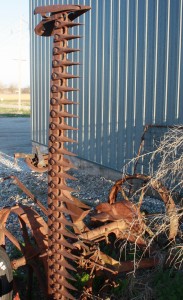
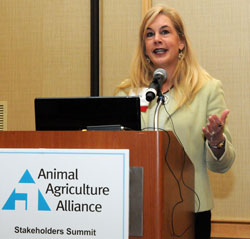 The tenth
The tenth 